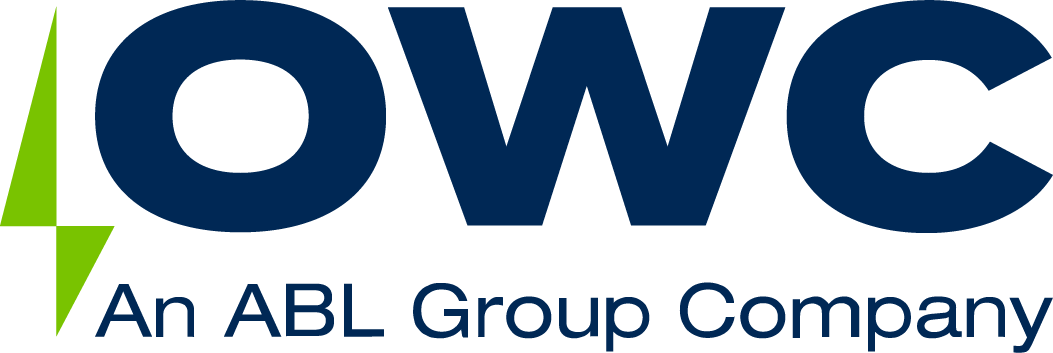Learning from our mistakes – subsea cable failures in offshore wind developments
An interesting read in a recent paper by Charlotte Strang-Moran at Offshore Renewable Energy Catapult, regarding failure trends for subsea cables in offshore wind developments. This highlights a welcome industry trend towards improved preventative maintenance, which should ultimately lead to a reduced burden on insurers.
Also, of interest is the significant proportion (46%) of export and inter-array subsea cable failures that may be attributed to the installation process1. This includes consideration of both the lay and associated protection of subsea cable, along with the subsequent connection to other cable system components within an offshore development. This correlates with AqualisBraemar’s experience of handling offshore wind development losses and is of particular relevance given our understanding that cable losses comprise approximately one third (frequency basis) of historical losses in wind energy developments.
Clearly, subsea cables are not a new technology, having been utilised over several decades in both offshore hydrocarbon and wind energy developments. In this context, it might be argued that the offshore renewable energy industry is either unwilling or unable to learn from historical mistakes when it comes to preventing losses involving subsea cable installation. Although in the interest of a presenting a balanced opinion, it is recognised that the relative economics of wind developments may not justify the adoption of ‘best practice’ cable technology, as might be used by the offshore hydrocarbon industry.
Putting aside the broader discussion surrounding the validity and/or efficacy of organisational learning in general, it is apparent that the importance of an effective risk management process during the design and construction phases of an offshore wind development, cannot be understated. Marine Warranty Surveying (MWS), conducted on behalf of insurers, forms an integral part of this process. This function allows for the independent review and verification of the relevant aspects of subsea cable integrity during the construction phase, intended as an unbiased form of quality assurance.
However, it is important to recognise that MWS services remain susceptible to the many challenges afflicting any industry undergoing rapid growth. These include the limited availability of suitably qualified personnel, cultural differences in the value placed in the MWS function, along with concurrent regulatory changes that can impact the proportion of project resources that must be sourced domestically. Addressing the former, it is encouraging to see the increasing prevalence of insurers’ requirement that any MWS be suitably qualified through the Society of Offshore Marine Warranty Surveyors (SOMWS), and that the proportion of SOMWS accredited members with Renewables certification is on the increase. This should help mitigate the challenge in some cultures in which the MWS function is viewed as a ‘tick-box’ exercise. Lastly, ‘local content’ regulatory requirements can highlight the potential importance of any MWS provider investing in local resources and supports a business strategy adopting a large global footprint.
Charles Honner, Managing Director – Adjusting – Americas
